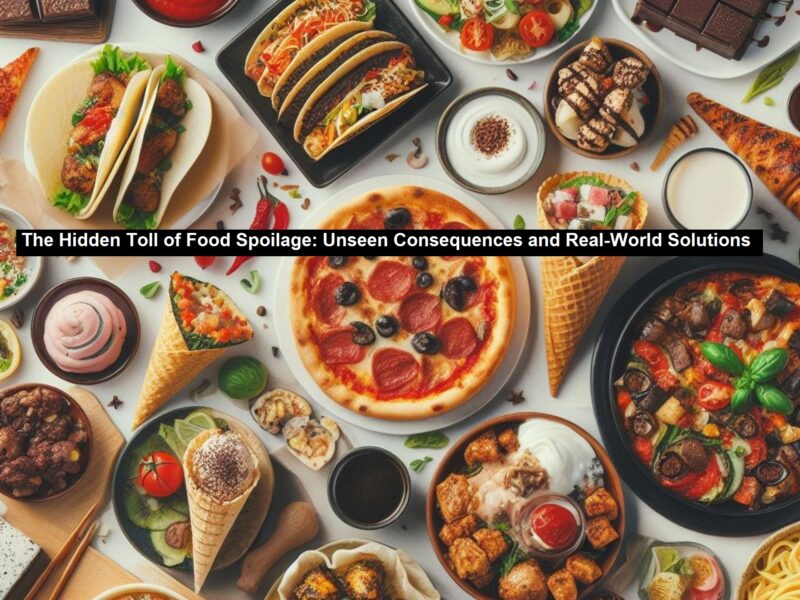Standing out in today’s crowded marketplace requires more than just a great product – it demands an unforgettable experience. More than just getting noticed, the true goal is to connect emotionally with customers, sparking loyalty that extends well beyond the initial interaction. A well-executed campaign these days inspires action and keeps your brand top of mind long after the event.
To build a successful experiential marketing campaign like this, it’s important to start with clear goals. Are you launching a new product, strengthening your brand image or looking to build customer loyalty? Answering questions like these and knowing exactly what you want to achieve helps create a campaign that adds real business value. It’s also vital to understand your audience. Go beyond basic demographics and figure out what really matters to them – such as what motivates them, what their interests are and how your brand can meet their needs.
Read: Exploring Futures Contracts for Effective Portfolio Diversification
Creating immersive experiences is key to a memorable campaign, but authenticity is just as important. The best experiential marketing engages the senses and blends physical and digital experiences. While technology like augmented reality (AR) or virtual reality (VR) can make events exciting, the focus should always stay on the brand’s message. The experience should feel genuine and reflect what your brand stands for, building trust and personal connections with consumers.
Personalization is another major factor. Customers today expect experiences that are tailored to them. This can be as simple as using data to offer personalized recommendations or creating custom interactions that make each person feel valued. The more personal the experience, the more likely people are to form an emotional connection with the brand.
Exclusivity is also a great way to build excitement. Offering VIP access, sneak peeks or limited time offers can make people feel like they are part of something special. These exclusive opportunities often lead to social media sharing, as people want to show off their unique experience to others.
Experiential campaigns should be easy to share. Elements like photo spots or interactive displays encourage people to post about their experience on social media, spreading the word and increasing the campaign’s reach. These posts not only increase engagement but also create valuable user-generated content (UGC), which can boost the campaign’s impact.
Finally, measuring success is crucial. It’s not just about how many people attended the event—it’s about what happens afterward. Tracking metrics like social shares, lead generation and conversions can show how well the campaign performed. The best campaigns continue to generate value long after the event is over, building long-term relationships with consumers.
Experiential-CampaignsWant to learn more? For further insights on how to create an impactful experiential marketing campaign, such as via mobile command centers by Craftsmen Industries, Inc., check out the accompanying resource.



